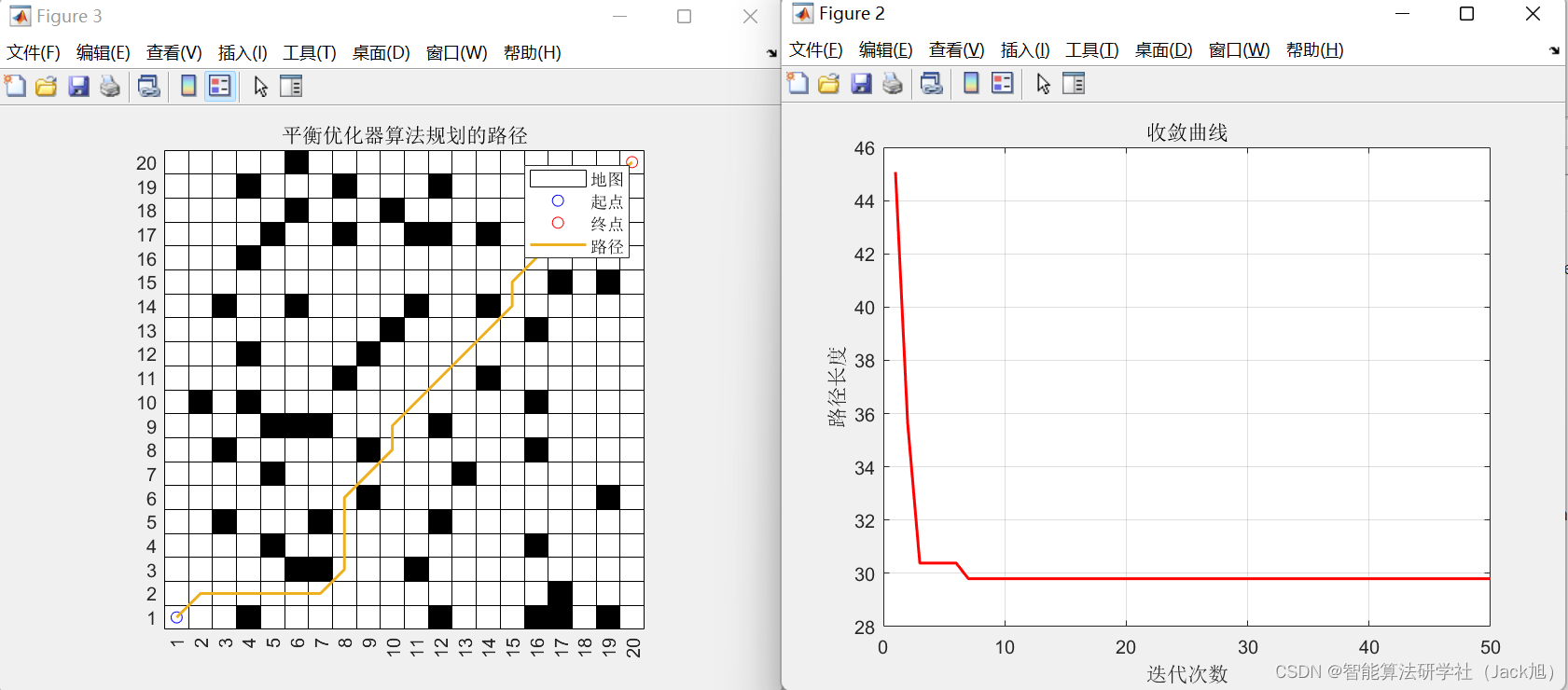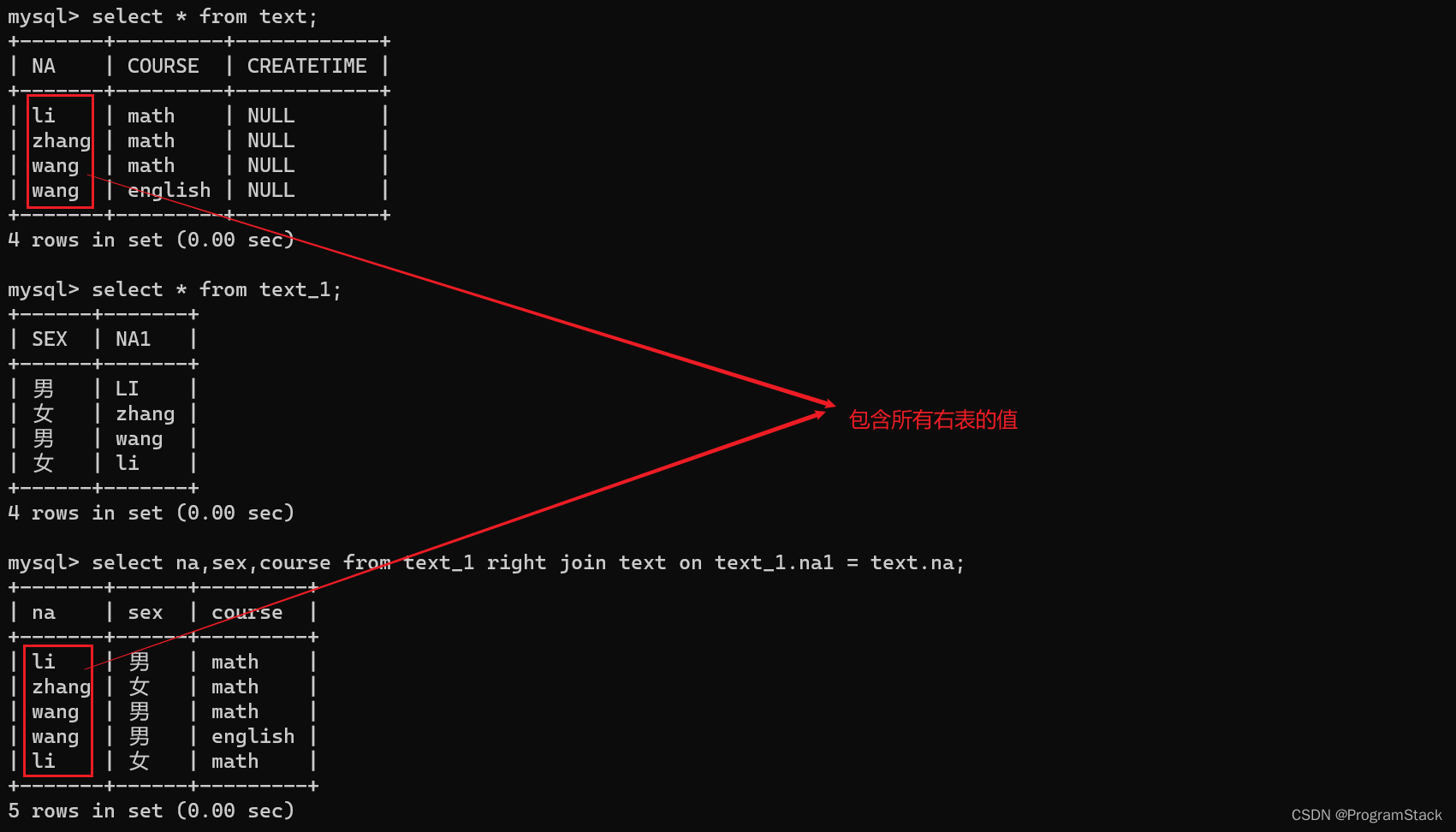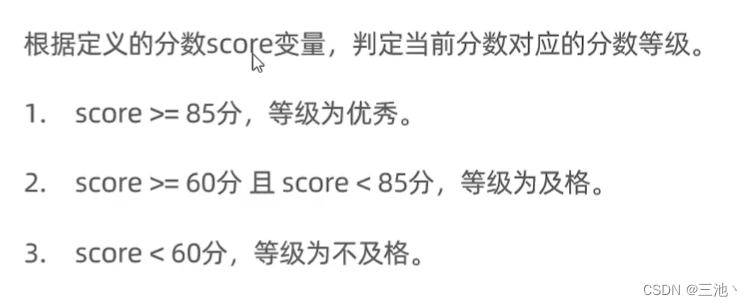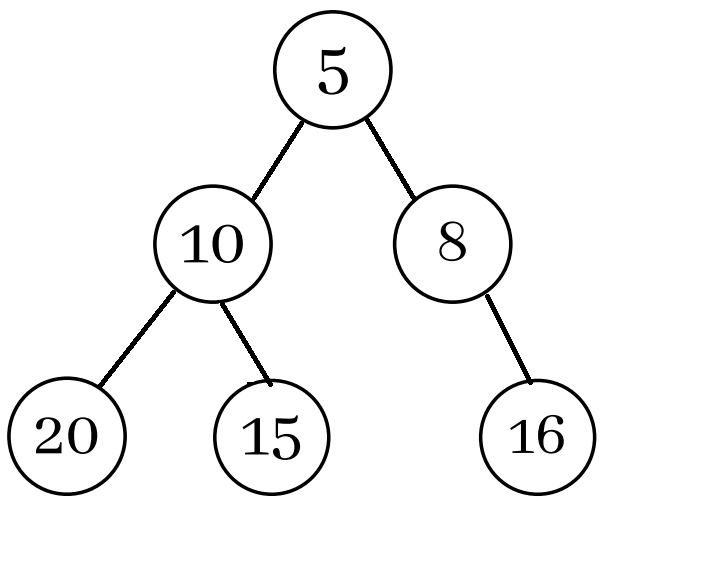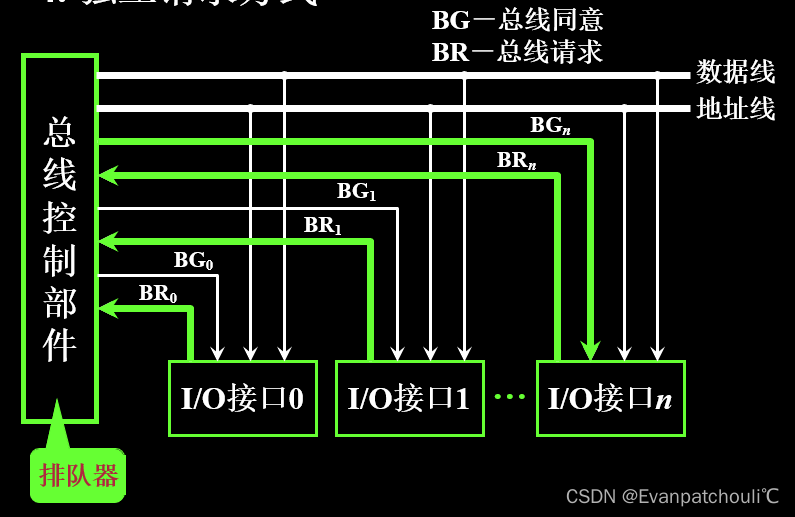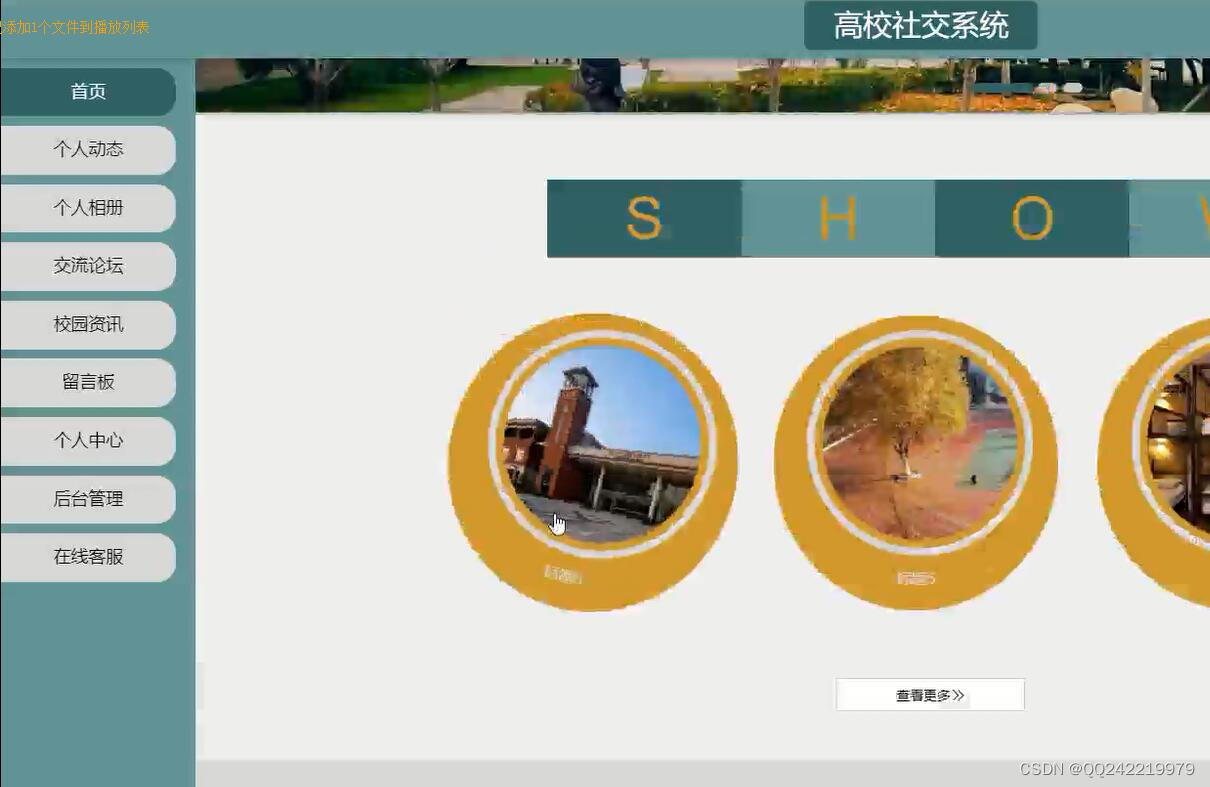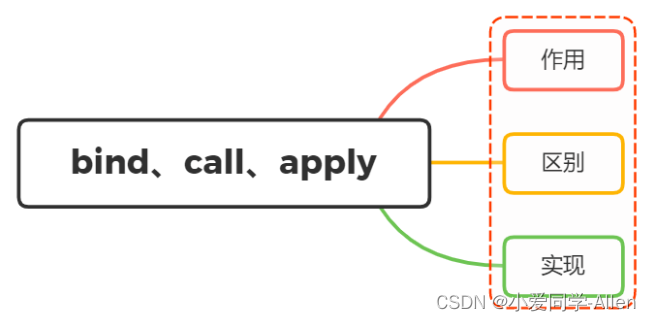
一、作用
call、apply、bind作用是改变函数执行时的上下文,简而言之就是改变函数运行时的this指向
那么什么情况下需要改变this的指向呢?
举个粟子:
var name = '小爱同学'
undefined
const obj = {
name:'allen ye',
say:function(){
console.log(this.name)
}
}
obj.say()
allen ye // this指向obj对象
undefined
setTimeout(obj.say,0)
小爱同学 // this指向window对象
从上面可以看到,正常情况say方法输出allen ye
但是我们把say放在setTimeout方法中,在定时器中是作为回调函数来执行的,因此回到主栈执行时是在全局执行上下文的环境中执行的,这时候this指向window,所以输出小爱同学
我们实际需要的是this指向obj对象,这时候就需要该改变this指向了
setTimeout(obj.say.bind(obj),0); //allen ye,this指向obj对象
二、区别
下面再来看看apply、call、bind的使用
apply
apply接受两个参数,第一个参数是this的指向,第二个参数是函数接受的参数,以数组的形式传入
改变this指向后原函数会立即执行,且此方法只是临时改变this指向一次
function fn(...args){
console.log(this,args);
}
let obj = {
myname:"张三"
}
fn.apply(obj,[1,2]); // this会变成传入的obj,传入的参数必须是一个数组;
fn(1,2) // this指向window
当第一个参数为null、undefined的时候,默认指向window(在浏览器中)
fn.apply(null,[1,2]); // this指向window
fn.apply(undefined,[1,2]); // this指向window
call
call方法的第一个参数也是this的指向,后面传入的是一个参数列表
跟apply一样,改变this指向后原函数会立即执行,且此方法只是临时改变this指向一次
function fn(...args){
console.log(this,args);
}
let obj = {
myname:"张三"
}
fn.call(obj,1,2); // this会变成传入的obj,传入的参数必须是一个数组;
fn(1,2) // this指向window
同样的,当第一个参数为null、undefined的时候,默认指向window(在浏览器中)
fn.call(null,[1,2]); // this指向window
fn.call(undefined,[1,2]); // this指向window
bind
bind方法和call很相似,第一参数也是this的指向,后面传入的也是一个参数列表(但是这个参数列表可以分多次传入)
改变this指向后不会立即执行,而是返回一个永久改变this指向的函数
function fn(...args){
console.log(this,args);
}
let obj = {
myname:"张三"
}
const bindFn = fn.bind(obj); // this 也会变成传入的obj ,bind不是立即执行需要执行一次
bindFn(1,2) // this指向obj
fn(1,2) // this指向window
小结
从上面可以看到,apply、call、bind三者的区别在于:
- 三者都可以改变函数的this对象指向
- 三者第一个参数都是this要指向的对象,如果如果没有这个参数或参数为undefined或null,则默认指向全局window
- 三者都可以传参,但是apply是数组,而call是参数列表,且apply和call是一次性传入参数,而bind可以分为多次传入
- bind是返回绑定this之后的函数,apply、call 则是立即执行
三、实现
实现bind的步骤,我们可以分解成为三部分:
- 修改this指向
- 动态传递参数
- 兼容new关键字
// 方式一:只在bind中传递函数参数
fn.bind(obj,1,2)()
// 方式二:在bind中传递函数参数,也在返回函数中传递参数
fn.bind(obj,1)(2)
整体实现代码如下:
Function.prototype.myBind = function(context) {
if (typeof this !== 'function') {
throw new TypeError('Error')
}
let _this = this
let args = [...arguments].slice(1)
return function F() {
// 判断是否被当做构造函数使用
if (this instanceof F) {
return _this.apply(this, args.concat([...arguments]))
}
return _this.apply(context, args.concat([...arguments]))
}
}
call的实现
Function.prototype.myCall = function(context) {
// 判断是否是undefined和null
if (typeof context === 'undefined' || context === null) {
context = window
}
context.fn = this
let args = [...arguments].slice(1)
let result = context.fn(...args)
delete context.fn
return result
}
apply的实现
Function.prototype.myApply = function(context) {
if (typeof context === 'undefined' || context === null) {
context = window
}
context.fn = this
let args = arguments[1]
let result
if (args) {
result = context.fn(...args)
} else {
result = context.fn()
}
delete context.fn
return result
}





